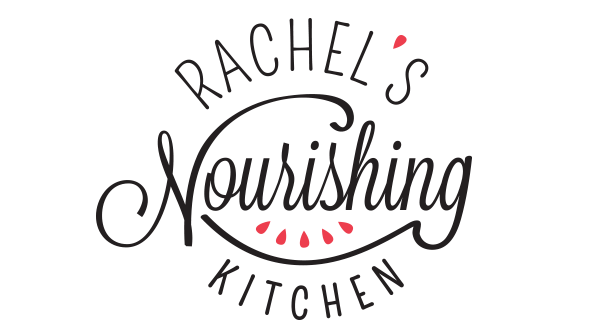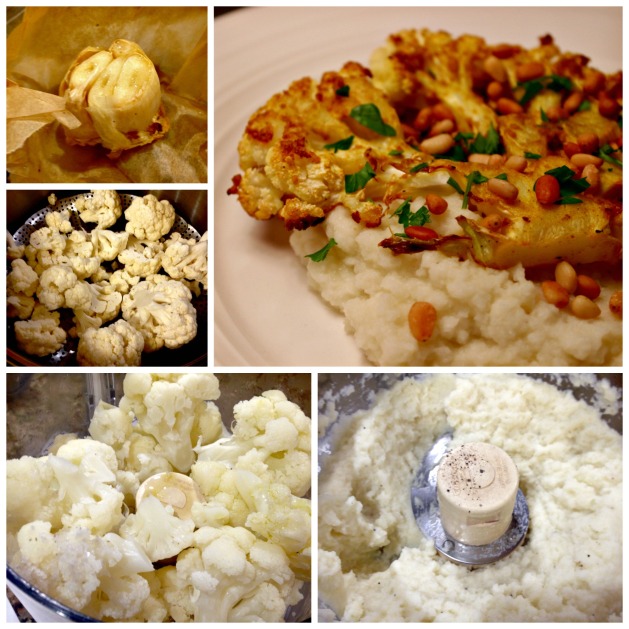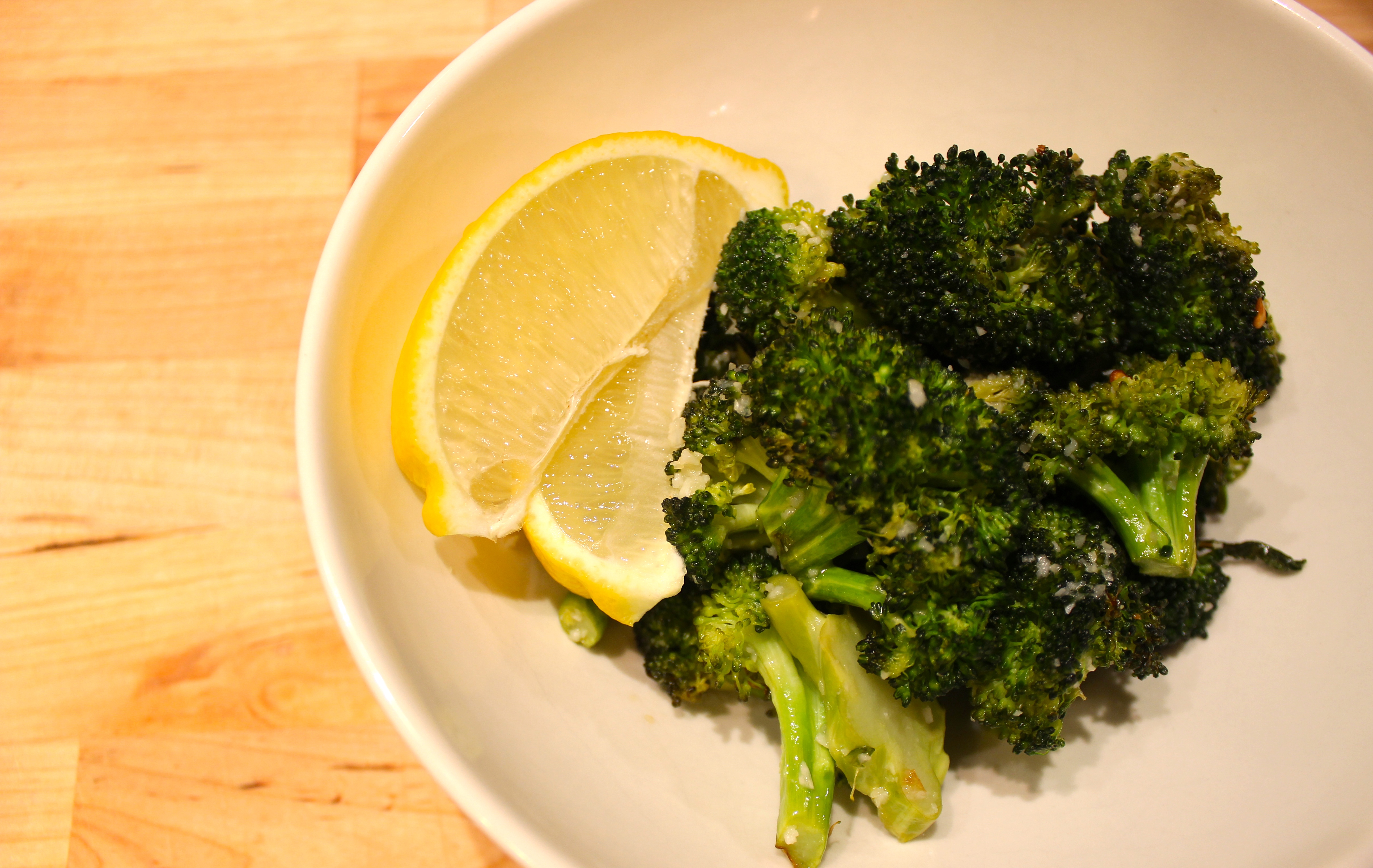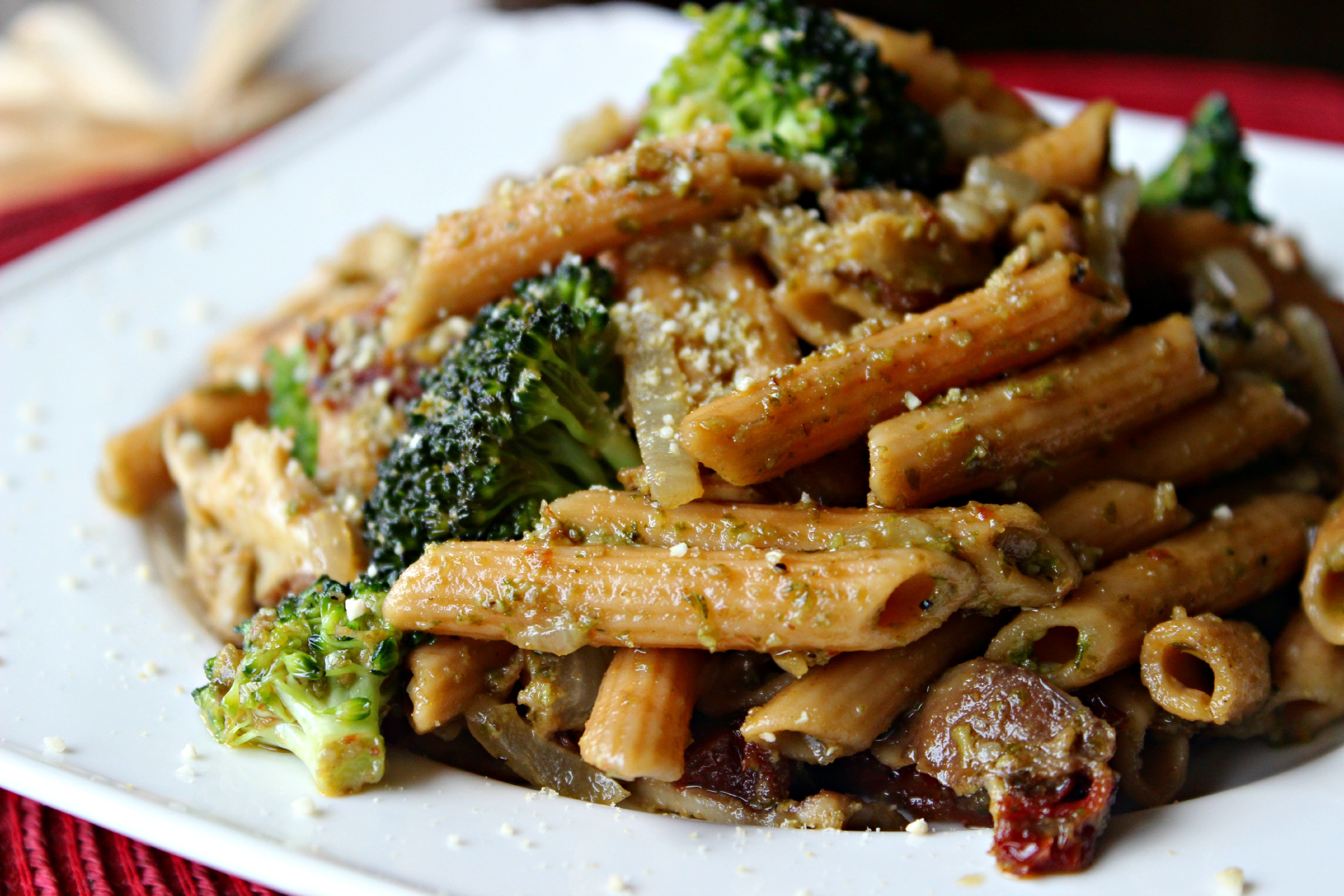What if meal prep and planning could be easier? Cheaper? Tastier? More nourishing?
During the typical work week when I have lots of presentations and meetings and spend a good amount of time in my car, one of the best ways to make sure I stay energized is to have nourishing meals readily available.
I was preparing to teach a cooking demo about Meal Planning Made Easy to a client in DC and shared how to make overnight oats and mason jar salads. I knew I wanted to add one more recipe into the mix. I thought about the types of meals Bill and I typically prepare during the week without following recipes and was inspired to create this recipe.

We tend to use recipe templates instead of always following a recipe line by line. In addition to the versatile overnight oats and mason jar salad recipes, grain bowls are another template we roughly follow when coming up with meals.
They’re easy to assemble. We toss together whatever veggies, grains and proteins we have and mix everything up with a homemade dressing (or whatever we have in our fridge!). We top everything off with chopped nuts or seeds to add some crunch.
In this Sweet Potato, Edamame & Quinoa Bowl, I combined a gluten-free grain (quinoa) with a fiber-filled roasted veg (sweet potatoes) and protein (edamame), a pop of color and greenery (scallions), and some crunch and healthy fat (cashews). I topped everything off with my favorite salad dressing of all time plus one of my favorite anti-inflammatory, digestion-loving, heart healthy ingredients – fresh ginger root.

My husband, Bill, and I love this dish so much that we’ve made it twice in the past few weeks. It can be served warm or chilled, and it’s lasted us for multiple dinners and lunches each time, which has saved us time and money.
We decided to repurpose the dressing from our favorite kale salad for this recipe and added minced ginger to boost the flavor even more.

Sweet Potato, Edamame & Quinoa Bowl

This dish has every texture and flavor you could want in a dish and is ALWAYS a crowd-pleaser!
Salad
- 1 pound sweet potatoes (chopped)
- 2 tablespoons extra virgin olive oil or avocado oil
- 1/2 teaspoon sea salt
- black pepper (to taste)
- 1 cup quinoa (uncooked)
- 2 cups shelled edamame
- 1/2 cup raw cashews (lightly toasted and chopped)
- 1/3 cup scallions (chopped)
Creamy Ginger Tahini Dressing
- 3 tablespoons tahini ((sesame paste))
- 1/4 cup fresh lemon juice
- 1 tablespoon 100% pure maple syrup
- 1 tablespoon tamari ((gluten-free soy sauce))
- 2 tablespoons water
- 2 small cloves garlic (minced)
- 1 inch ginger root (peeled and minced)
- 3 tablespoons olive oil (extra virgin)
-
Preheat oven to 400F. Toss sweet potatoes with olive oil, salt and pepper. Roasted for 20-25 minutes until pierced easily with a fork.
-
Cook quinoa according to package directions. Spread quinoa on a parchment-lined baking sheet to cool and prevent it from clumping together. This last step is optional but really helps.
-
While quinoa is cooking, cook edamame according to package directions and then set aside.
-
Whisk dressing ingredients together in a small jar. Set aside.
-
Put cooled quinoa in a large bowl and add sweet potatoes, edamame, scallions, and cashews. Pour dressing over salad and toss to combine evenly. Add more sea salt and pepper to taste.





 It’s creaminess comes from the cashews and tahini, two ingredients I use in a lot of my recipes that you can find at just about any grocery store (find tahini in the natural food aisle or international aisle in the Mediterranean section).
It’s creaminess comes from the cashews and tahini, two ingredients I use in a lot of my recipes that you can find at just about any grocery store (find tahini in the natural food aisle or international aisle in the Mediterranean section).










































